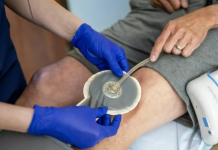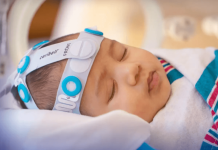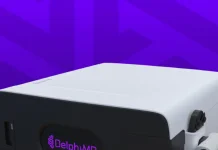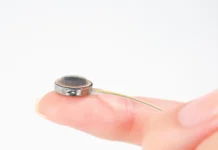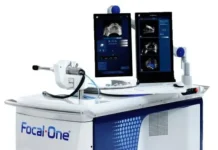An autonomous blood drawing device developed by Dutch company Vitestro has become the first machine of its kind to be granted a CE mark from the European Union.
Enabled through a combination of imaging technology and robotics, the Netherlands-based company touts its blood collection device as the last step in fully automated laboratory systems.
The unnamed device is designed to expedite blood sample collections.
Related: Renata Medical wins FDA nod for first-of-its-kind stent for young children
The company has already struck a deal with the Danish Odense University Hospital, marking it as the first site set to take delivery of the autonomous devices as soon as 2025, with plans to scale up production shortly afterwards. The Dutch company has also signed an agreement with healthcare provider OLVG Lab to supply its devices once they have received the CE marking.
Vitestro co-founder and CEO Toon Overbeeke said: “While this CE marking represents a major step forward for Vitestro, it also marks a transformational moment for healthcare at large.
“This innovation introduces a completely novel type of medical device—one that allows European hospitals to use autonomous technology to perform invasive medical procedures independently. We believe this technology is foundational, setting a new global standard that will benefit patients and help hospitals prepare for a challenging future.”
Vitestro says the blood drawing device comes in response to demands on clinics on labs facing a shortage of staff, including hospitals, with the collection and processing of blood being one of the more time-critical and sensitive tasks in a hospital.
The CE marking follows after the company was able to raise €12m ($13m) in Series A financing with the round primarily led by US-based investment company Sonder Capital.
Vitestro Europe commercialisation vice president Maxine Moor said: “Vitestro has been interacting with clinical labs throughout Europe for the past years. They confirmed the huge need for phlebotomy automation and couldn’t wait for this innovation.
“We are eager to start the implementation of our devices in hospitals and laboratories in the coming 12 months. While we will start within the Netherlands and Denmark, we have huge, broader international ambitions. With the CE mark, we are also meeting regulatory demands for the UK market.”


